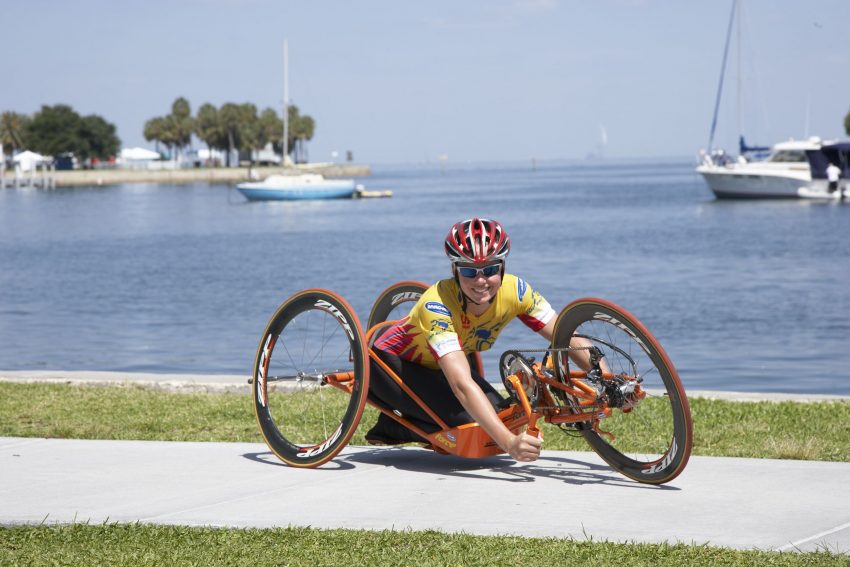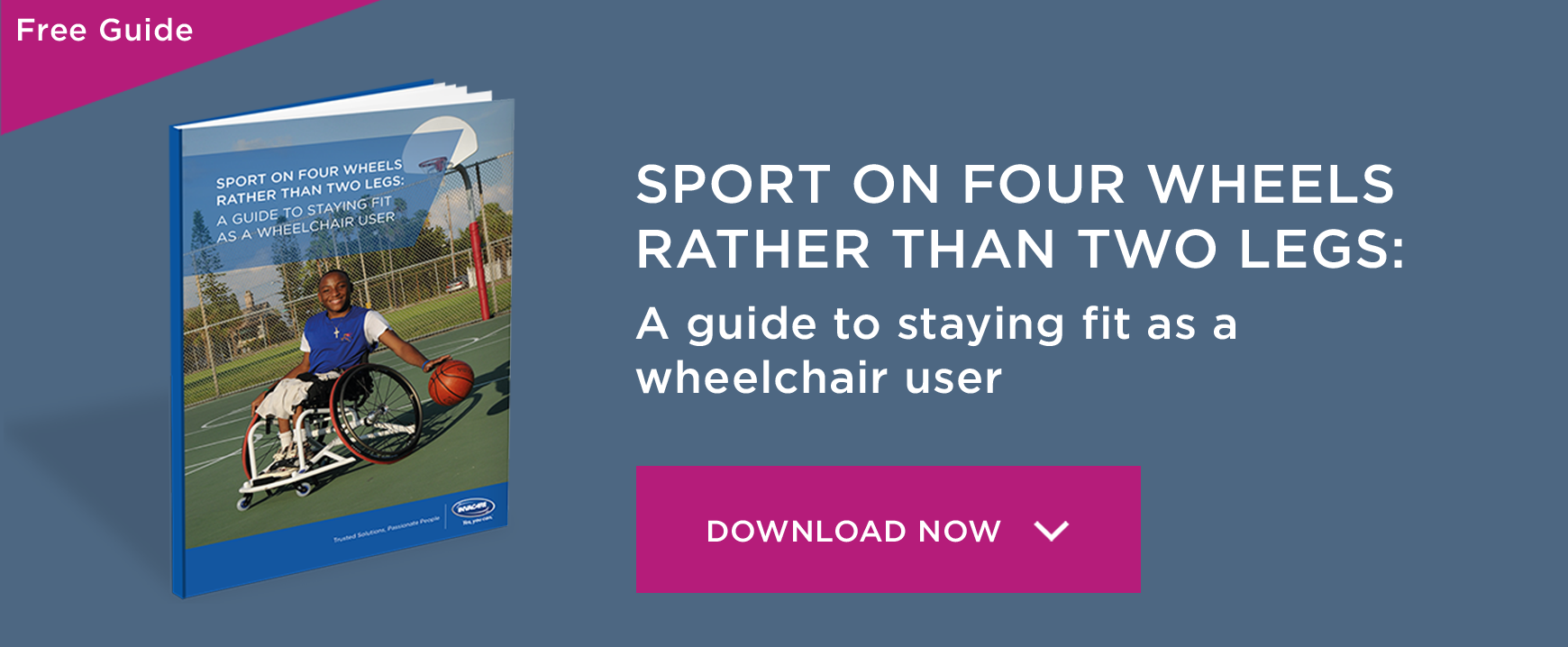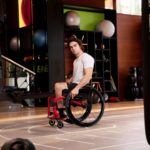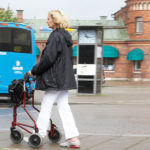Handcycling: Is It Right For You?

Handcycling is a healthy form of exercise for people to enjoy. It is also quite an inclusive activity, as those using wheelchairs – and who have good upper body strength – can also participate. Read on to find out more.
Handcycles come in several different styles, so people with varying levels of ability should still be able to find a handcycle that fits their wants, needs, and requirements..
Before choosing a handcycle, it’s best to consult with your therapist or doctor about which type of handcycle would be best for you. You should choose one that you can peddle without straining yourself or causing injury, but still offers enough resistance whereby it provides a workout.
What are handcycles used for?
The handcycle is a fantastically inclusive mode of transportation, which allows disabled individuals – who would otherwise be unable to ride a traditional bike – the opportunity to accompany friends and family on bike rides and days out. A handcycle can also provide a lot of freedom and independence for a disabled individual – offering the chance to cover far greater distances than they would if remaining in their wheelchair.
Handcycles can also be used in a competitive setting, with races taking place regularly all around the world. The sport of handcycling has grown exponentially in recent years.
How do handcycles work?
Handcycles are similar to bicycles. They have many of the same gears and parts. The primary difference between a standard bicycle and a handcycle is that you pedal a handcycle with your hands instead of your feet. For people with a more complex disability, there are even handcycles that include power assist
How fast can a handcycle go?
The speed at which a handcycle can travel varies entirely from person to person. If the handcycle is motorised, there may be some limiters put on the speed – say for example, the speed may be capped at 15mph. In terms of manually propelled handcycles, the top speed would generally depend on the strength and ability of the rider.
What are the benefits of handcycling?
Everyone needs exercise, but it can be hard for people who use wheelchairs to get exercise in traditional ways. This can cause them to become unhealthy, gain weight, and experience depression. But handcycling can help with all of that. Besides burning calories, the exercise provided by handcycling releases endorphins into the body. These endorphins help fight depression. Keeping active is the key ingredient to a healthy mind, as well as body.
Also, handcycling is a sport that gets you outside. Vitamin D is absorbed from the sun, which helps regulate moods. And handcycling can be a group activity. Like many who ride bicycles, hand-cyclists may find groups they like to travel with. Or, they may enjoy cycling with their children, spouse, or friends as they ride their bicycles.
As mentioned before, handcycling also helps to boost an individuals independence, giving them the freedom to visit places and get outside more often. Despite the fact that handcycling is strenuous, many people still find it a little easier than pushing a wheelchair, as once you reach momentum on a handcycle, the gears help to promote a smooth ride.
What types of handcycles are there?
There are many different types of recreational handcycles for various abilities. These handcycles are for beginners and are not the same as the competitive handcycles. Some types of handcycles include:
- Handcycles for children
- Cross-training handcycles
- Off-road handcycles
- Upright handcycles
- Recumbent handcycles
The different styles take into consideration the rider’s ability, the bike’s function, and other factors, such as aerodynamics. You can find a variety of handcycles online.
How do you get on a handcycle?
You may need assistance the first few times you get on a handcycle, but eventually, you should be able to do it yourself provided you are able to transfer independently, usually. The steps for getting onto a handcycle are as follows:
- Pull your wheelchair up to the handcycle.
- Using your arms, lift your body with one hand on your chair and the other on your handcycle.
- Transfer your weight from your wheelchair to the seat of your handcycle.
- Once seated, place your feet where the foot straps are, and secure.
- Secure your legs together (preferably with a velcro strap).
- Put on your helmet.
- Grab onto the hand-pedals and off you go!
What safety precautions should I take?
When riding any bicycle, there are certain precautions you should always take. Here’s some tips on how to maintain safety:
- Make sure you remember to wear your helmet and any other safety equipment.
- Know the area you are traveling to so that you don’t get lost or run into any unexpected problems.
- Bring a cell phone with you in case you need to call for help.
- If you are going for a long ride, have other adults go with you.
- When riding a handcycle, it’s a good idea to have a safety flag attached.
- Make sure you don’t overdo it, especially when you are first starting out.
If you’d like to learn more about handcycles, you can visit the Top End website. It answers a lot of questions about what type of bike you should get, how to take measurements, and what kind of maintenance your handcycle will need after purchase.








